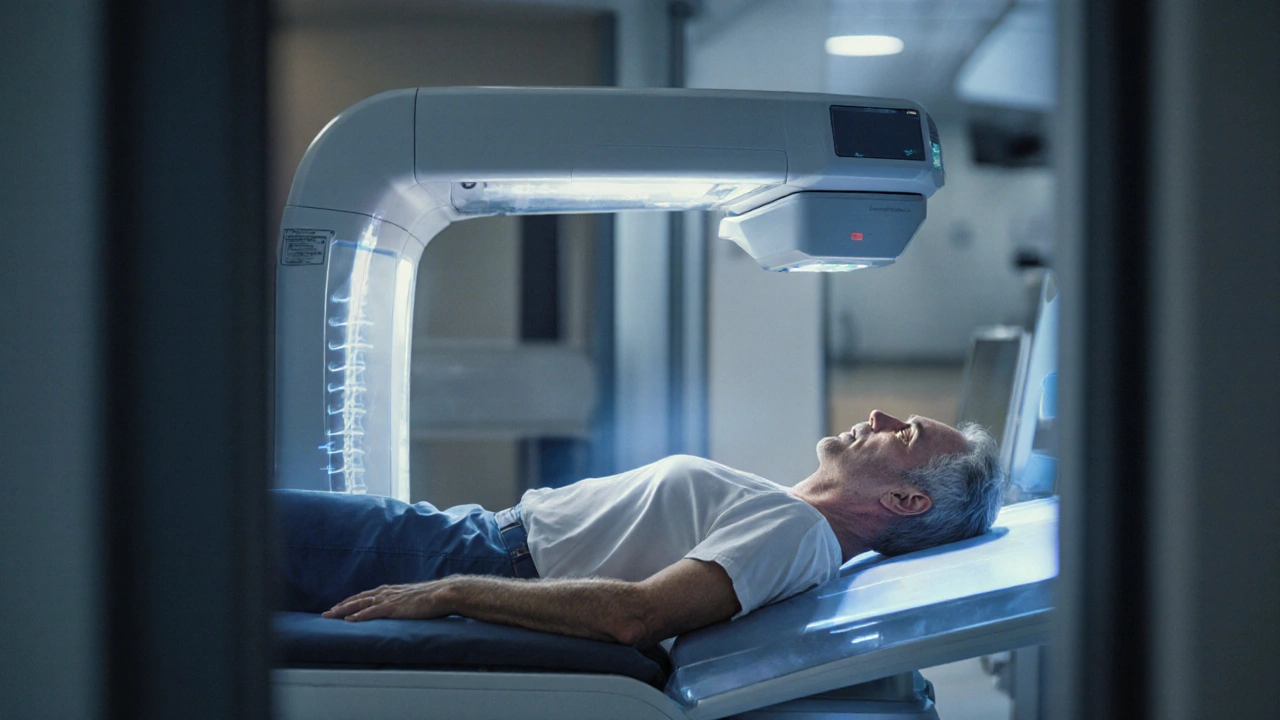Osteoporosis Management: Strategies for Stronger Bones
When dealing with osteoporosis management, the practice of preventing bone loss and reducing fracture risk in people with low bone density. Also known as bone health optimization, it blends medicine, nutrition, and activity to keep the skeleton sturdy. One core pillar is bisphosphonates, a class of drugs that slow bone resorption and lower the chance of spine or hip fractures. Pair that with adequate calcium supplements, which provide the mineral backbone for new bone formation and you’ve covered the primary medical route. Yet medication alone isn’t enough; the body needs the right hormonal signals, which is where vitamin D, the fat‑soluble vitamin that enhances calcium absorption in the gut steps in. Together, these three entities form a triad: osteoporosis management includes drug therapy, calcium intake, and vitamin D support. The next piece of the puzzle is activity—specifically weight‑bearing exercise, activities like walking, resistance training, and dancing that stimulate bone remodeling and improve strength. By loading the skeleton, you tell the body to keep building, not breaking. In short, effective osteoporosis management requires a coordinated approach where medication, nutrients, and movement each influence bone density.
Key Components of Effective Osteoporosis Management
First, choose the right medication based on bone density scores, age, and other health factors. Bisphosphonates such as alendronate or risedronate are often first‑line because they directly inhibit the cells that break down bone. For patients who can’t tolerate oral bisphosphonates, intravenous options like zoledronic acid provide the same benefit with fewer gastrointestinal side effects. Second, ensure daily calcium intake reaches at least 1,000‑1,200 mg, whether from dairy, fortified foods, or tablets. Too little calcium leaves the body to leach bone for its needs; too much can cause kidney stones, so balance is key. Third, maintain vitamin D levels above 30 ng/mL, which usually means 800‑1,000 IU of supplementation in regions with limited sunlight. Without enough vitamin D, the calcium you consume won’t be absorbed efficiently, undermining both diet and medication. Fourth, adopt a regular schedule of weight‑bearing exercise—ideally 30‑45 minutes most days of the week. Studies show that even modest resistance work can increase bone mineral density by 1‑2 % per year. Finally, lifestyle tweaks like quitting smoking and limiting alcohol intake further protect bone health, because toxins accelerate bone turnover and weaken the matrix.
All these threads weave together into a single fabric: osteoporosis management is not a single pill but a lifestyle plan backed by science. Below you’ll find a curated set of articles that break down each element—drug comparisons, supplement guides, nutrition tips, and workout routines—so you can build a personalized plan that keeps your bones strong and your confidence high. Dive into the resources and start shaping a healthier, sturdier you.
Why Bone Density Testing Is Crucial for Managing Paget’s Disease
Learn why bone density testing is essential for Paget's disease, how DXA scans guide treatment, and practical steps to reduce fracture risk.

